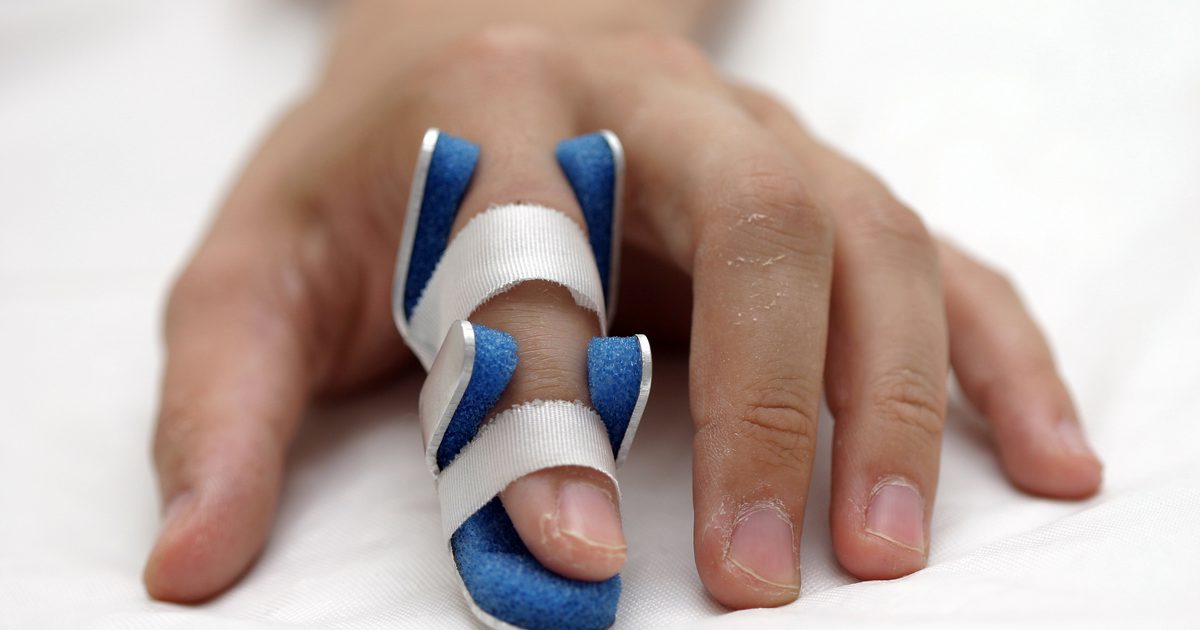How To Treat Boutonnière Deformity
A boutonnière deformity, also called a central slip injury, is a common condition typically associated with injury to the fingers by blunt force impacts, dislocations, fractures, and lacerations. Other bone afflicting conditions, such as rheumatoid arthritis and osteoarthritis, can also result in a boutonnière deformity. It is marked by an inability to straighten the finger due to an injury of the tendons that attach to the middle joint. Signs and symptoms can appear instantly following injury or up to three weeks later. Prompt medical care is vital since prolonged injury can result in irreversible deformity and loss of function. Get to know the best methods of treating a boutonnière deformity now.
Splinting

Early treatment is important to restoring the finger to its complete range of motion. Splints are placed at the middle joint of the finger with the aim of straightening it through pressure and immobilization of the finger. In this position, the edges of the tendons stay together to promote healing, in addition to allowing the end joint to bend. Splints must be used as directed. Patients are often required to keep them on continuously for three to six weeks, and at night once the initial injury has healed. Acute causes of a boutonnière deformity often respond well to the use of a splint, resulting in a full recovery. This method is less effective on older injuries, as the extended time between incident and treatment may result in a permanent loss of normal function.
Continue reading to reveal more boutonnière deformity treatments.